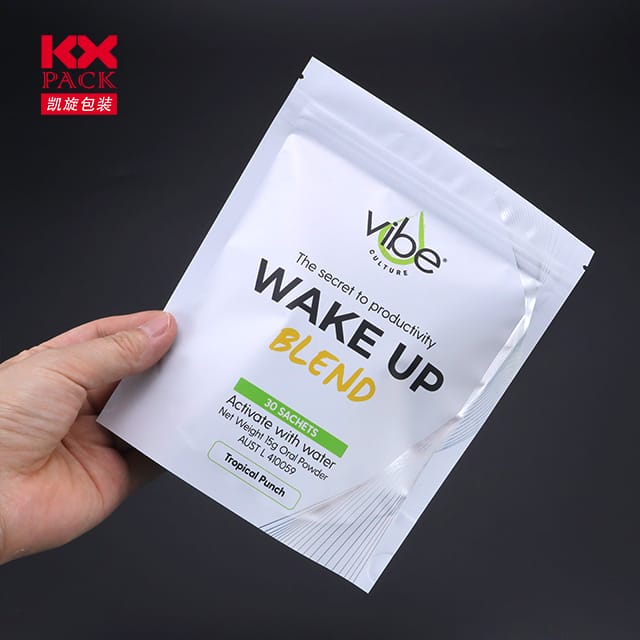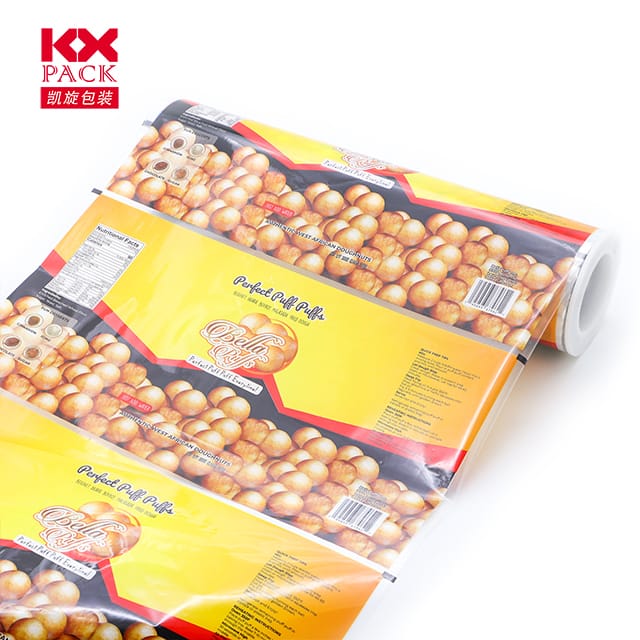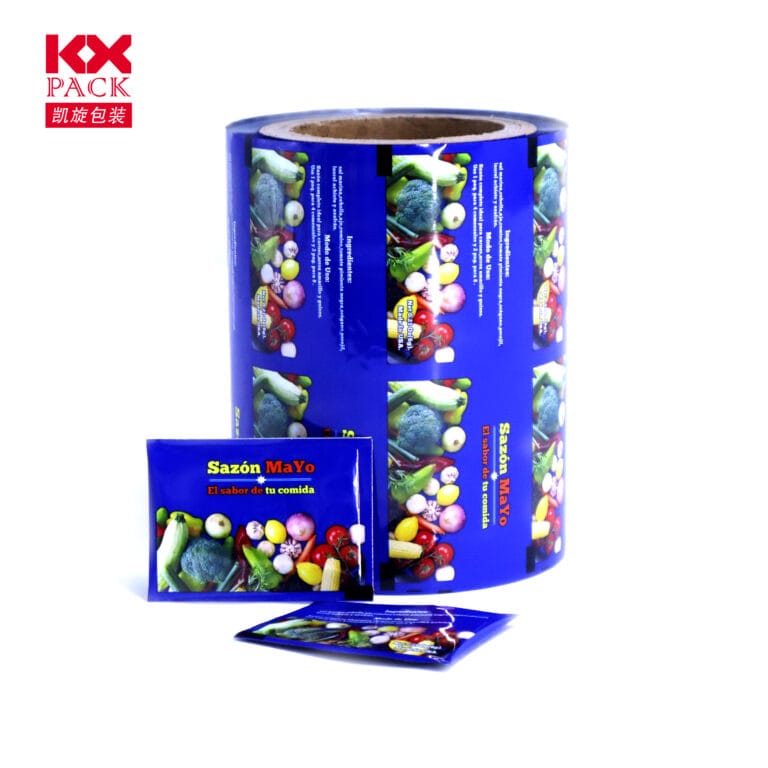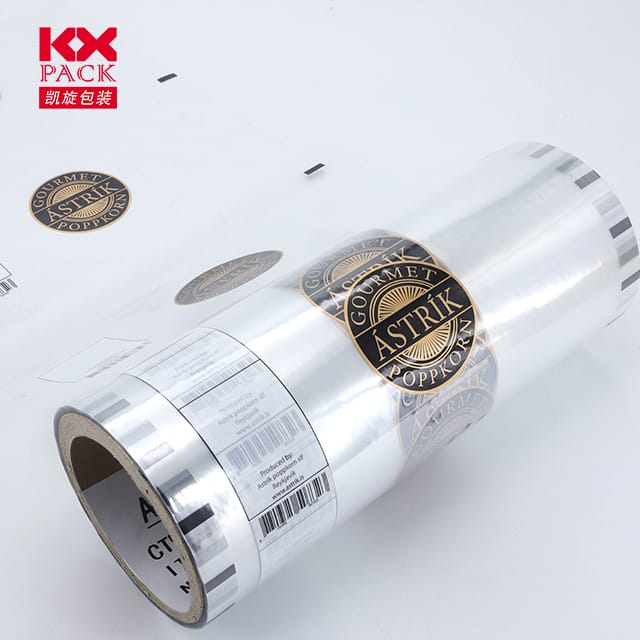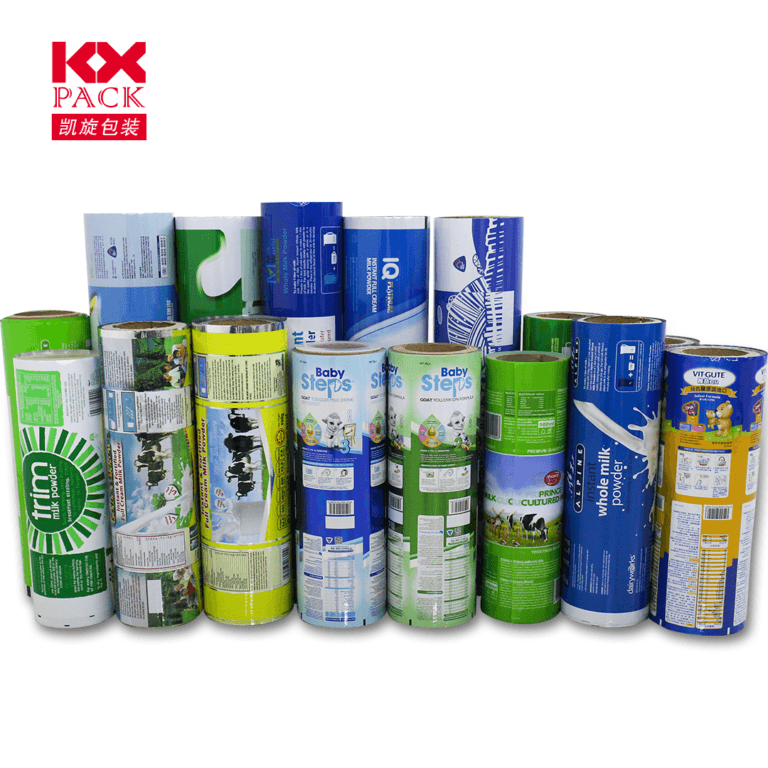วิวัฒนาการและการประยุกต์: ภาพรวมที่ครอบคลุม
ฟิล์มเคลือบ
ในขอบเขตของบรรจุภัณฑ์, อิเล็กทรอนิกส์, และการผลิตอุตสาหกรรม, ฟิล์มเคลือบ ยืนเป็นวัสดุสำคัญ, ให้ความทนทาน, การป้องกัน, และการทำงานที่ได้รับการปรับปรุง. วัสดุอเนกประสงค์นี้, ประกอบด้วยหลายเลเยอร์ที่ถูกผูกมัดเข้าด้วยกันผ่านกระบวนการพิเศษ, ได้ปฏิวัติอุตสาหกรรมตั้งแต่บรรจุภัณฑ์อาหารไปจนถึงอุปกรณ์อิเล็กทรอนิกส์ขั้นสูง. มาเจาะลึกลงไปในโลกแห่งภาพยนตร์ลามิเนต, สำรวจประเภทของมัน, แอปพลิเคชัน, และแนวโน้มในอนาคต.
ฟิล์มเคลือบคืออะไร?
Lamination film refers to a composite material created by bonding two or more layers of film—often polymers, โลหะ, or paper—using heat, ความดัน, หรือกาว. The resulting structure combines the strengths of each layer, such as heat resistance, คุณสมบัติอุปสรรคความชื้น, or optical clarity. เช่น, a common configuration might include a polyester base layer coated with a heat-sealable adhesive, providing both strength and printability.
Key Types of Lamination Films
- สัตว์เลี้ยง (polyethylene terephthalate) ภาพยนตร์:
- เป็นที่รู้จักในเรื่องความโปร่งใสของพวกเขา, heat resistance, and chemical stability, PET films are widely used in food packaging, ฉลาก, และฉนวนไฟฟ้า.
- Variants like PET metalized films add a reflective layer for enhanced barrier properties, ideal for snack packaging or pharmaceutical blisters.
- การตีป๊อป (โพลีโพรพีลีนที่มุ่งเน้นแบบสอง) ภาพยนตร์:
- BOPP films are prized for their moisture resistance, ความชัดเจน, และความคุ้มค่า. They are commonly used in snack packaging, นิตยสาร, and laminated documents.
- มันวาว และ matte finishes cater to aesthetic and functional needs, such as anti-glare labels or premium packaging.
- Barrier Films:
- These films, often multi-layered, include aluminum or EVOH (แอลกอฮอล์เอทิลีนไวนิล) layers to block oxygen, ความชื้น, และแสงสว่าง. They are critical in extending the shelf life of perishable goods like coffee, เนื้อ, และเภสัชภัณฑ์.
- ภาพยนตร์พิเศษ:
- Anti-static films prevent electrostatic discharge in electronics packaging.
- Security films incorporate holograms or UV-reactive inks for brand protection and anti-counterfeiting.
แอปพลิเคชันอุตสาหกรรม
- Food and Beverage Packaging:
- Lamination films safeguard products from moisture, ออกซิเจน, และความเสียหายทางกายภาพ. ตัวอย่างเช่น, ก metalized PET film might be laminated with a sealant layer to create airtight pouches for coffee or nuts.
- เภสัชกรรม:
- High-barrier films ensure the sterility and stability of medications. Blister packs, เช่น, often use PVC/PVDC/Aclar laminates to protect tablets from humidity and light.
- อิเล็กทรอนิกส์:
- In PCB (Printed Circuit Board) การผลิต, dry film laminates act as photoresists, enabling precise circuit patterning. นอกจากนี้, flexible printed circuits (FPCs) rely on ultra-thin lamination films for durability and bendability.
- Printing and Graphics:
- Laminated posters, เมนู, and ID cards benefit from enhanced durability and UV resistance. เช่น, ก PET laminate might be applied to a printed substrate to protect against fading and scratches.
- Construction and Automotive:
- Films with high tensile strength and weather resistance are used in solar panels, automotive glazing, and architectural membranes.
Technological Advancements
- ความยั่งยืน: Manufacturers are developing ย่อยสลายได้ และ รีไซเคิลได้ lamination films to reduce environmental impact. ตัวอย่างเช่น, PLA-based (กรด polylactic) ภาพยนตร์ offer a compostable alternative to traditional petroleum-based plastics.
- ภาพยนตร์อัจฉริยะ: เทคโนโลยีใหม่ๆ ได้แก่ thermochromic และ photochromic laminates that change color with temperature or light exposure, เปิดประตูสำหรับบรรจุภัณฑ์แบบโต้ตอบ.
- Nano-Layer Coatings: Ultra-thin layers of alumina or silica improve barrier properties without adding bulk, crucial for lightweight, บรรจุภัณฑ์ที่มีประสิทธิภาพสูง.
Market Trends and Challenges
- The global lamination film market is projected to grow steadily, driven by demand for sustainable packaging and advanced electronics. อย่างไรก็ตาม, ความท้าทายยังคงอยู่:
- Cost Pressures: Raw material price fluctuations and energy costs impact profitability.
- การปฏิบัติตามกฎระเบียบ: Stringent food safety and environmental regulations necessitate continuous innovation.
- Competition from Alternatives: Rigid plastics and aluminum foil pose competition in certain applications.
บทสรุป
Lamination film is more than just a protective layer—it’s a technological marvel that enhances product safety, ความสวยงาม, และฟังก์ชั่น. As industries evolve, so too will lamination films, with advancements in sustainability, smart materials, and nano-engineering paving the way for the next generation of solutions. Whether in a snack bag, a smartphone screen, or a solar panel, lamination film continues to prove its worth as an indispensable material in modern manufacturing.
Stay tuned for more insights into the world of advanced materials and their role in shaping a sustainable future. 🌍✨

